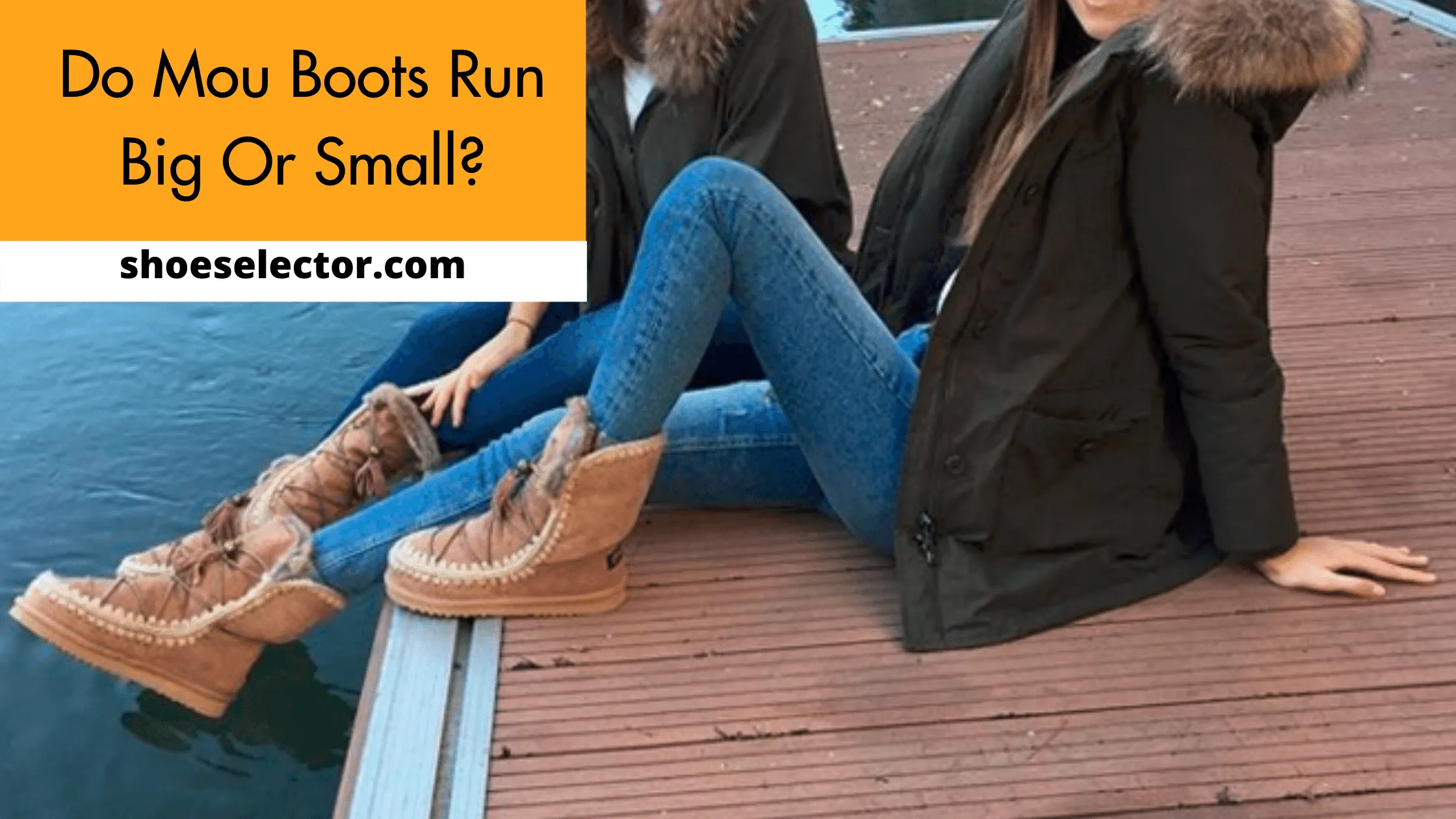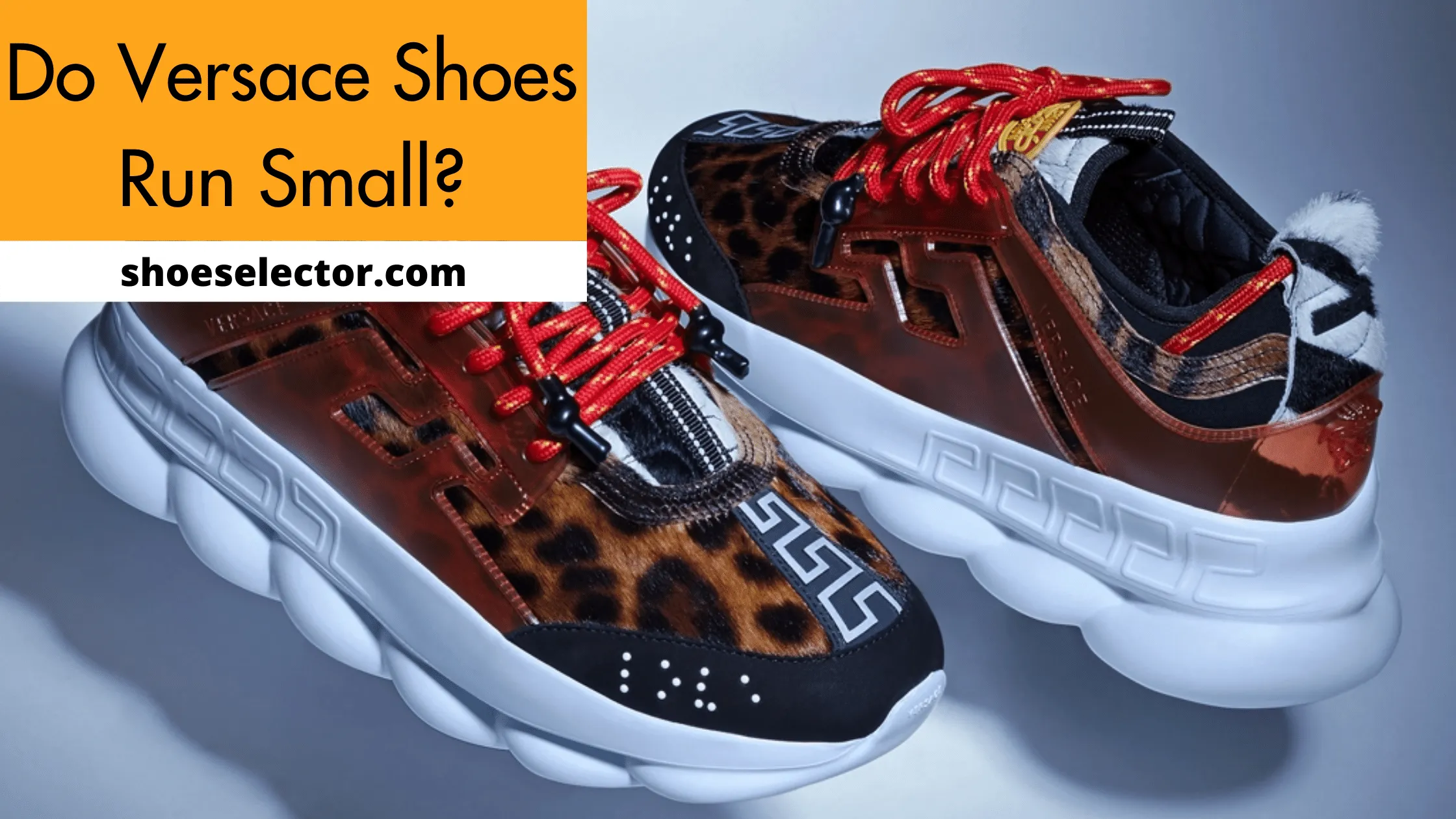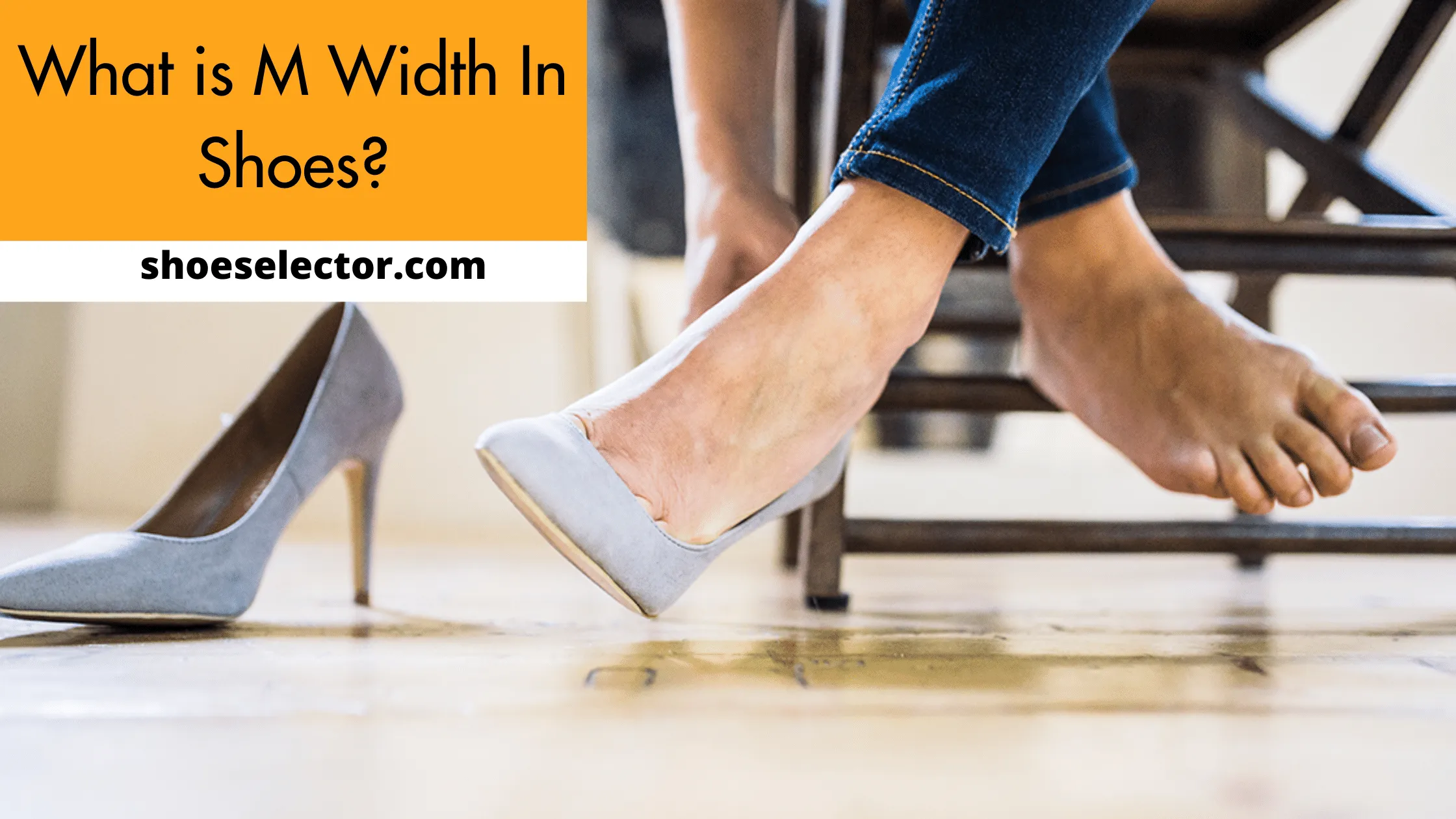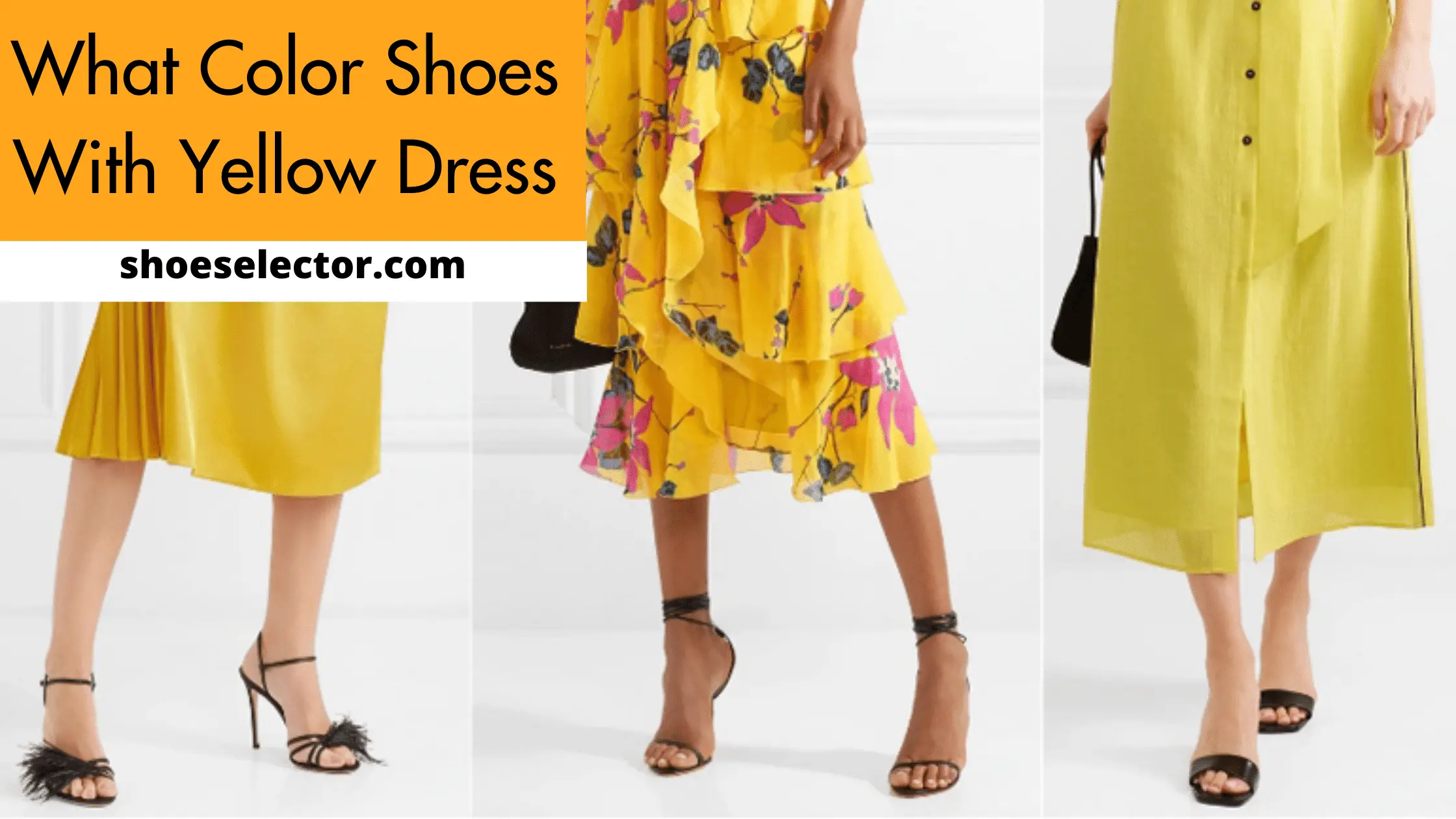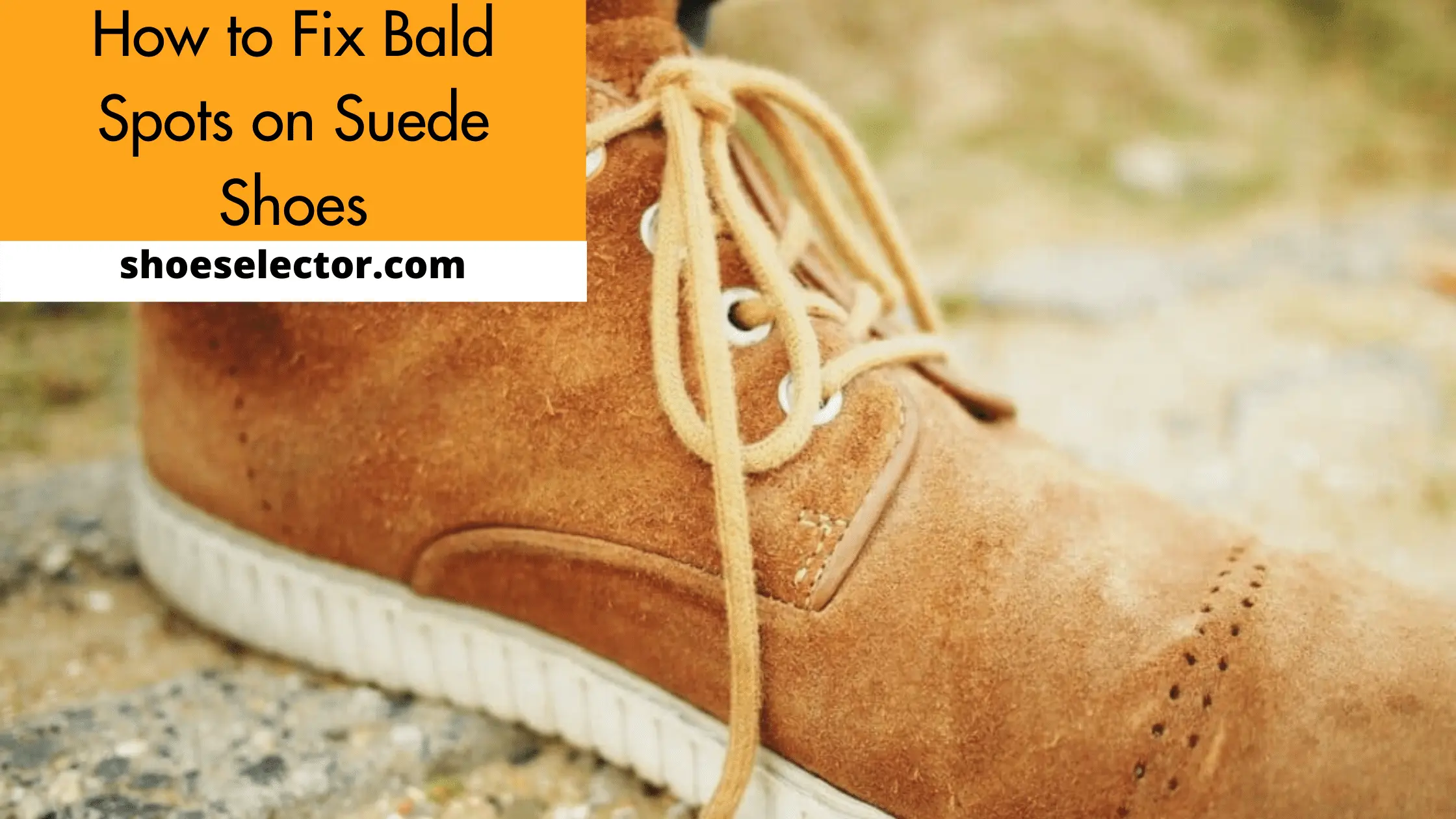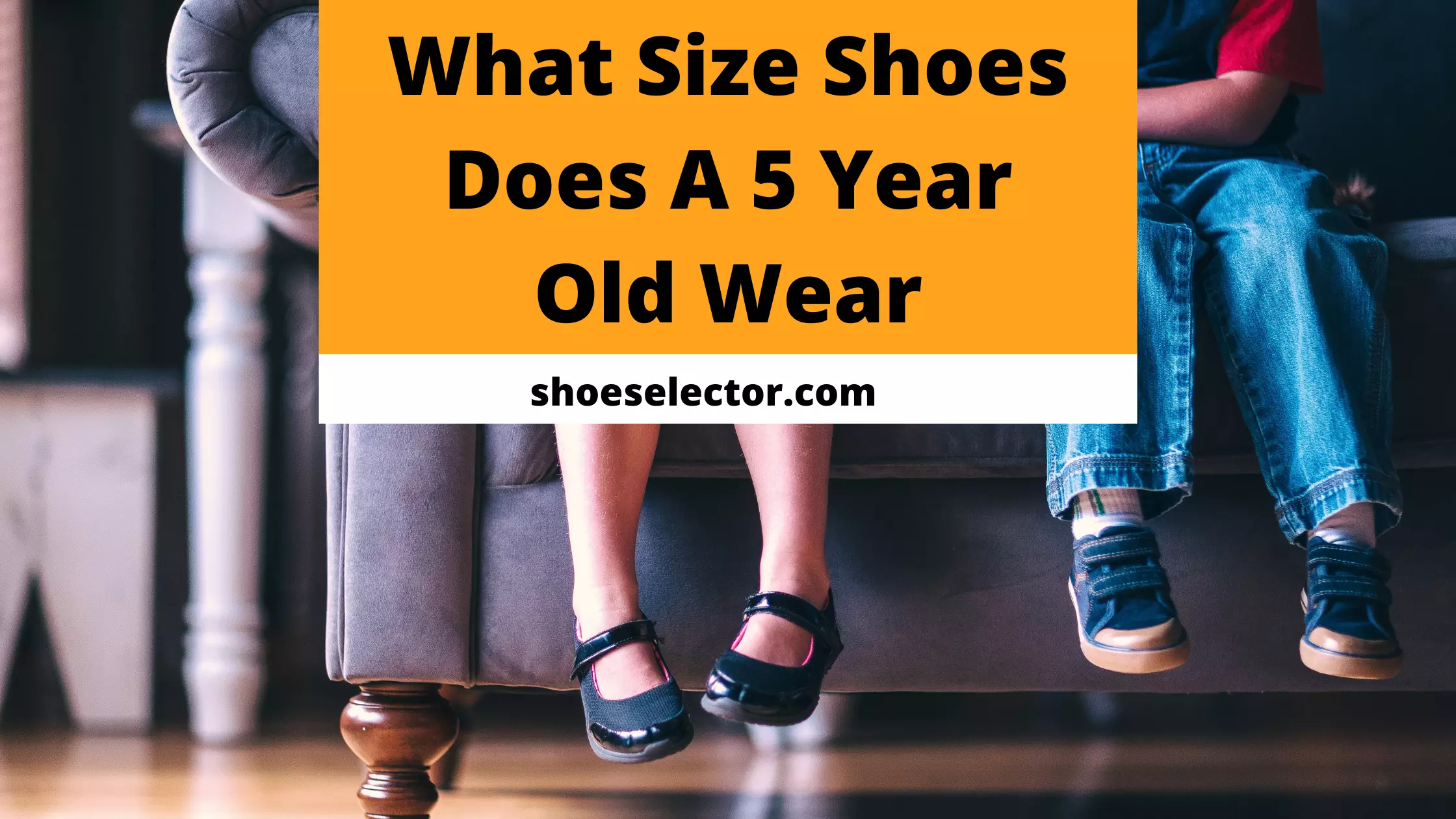Toes are one of the most neglected parts of our feet, but when they go numb, it’s really painful and can ruin your day. Here’s How to Lace Running Shoes for Numb Toes? They can also be a serious health issue if not treated early.
Show Lacing Techniques:
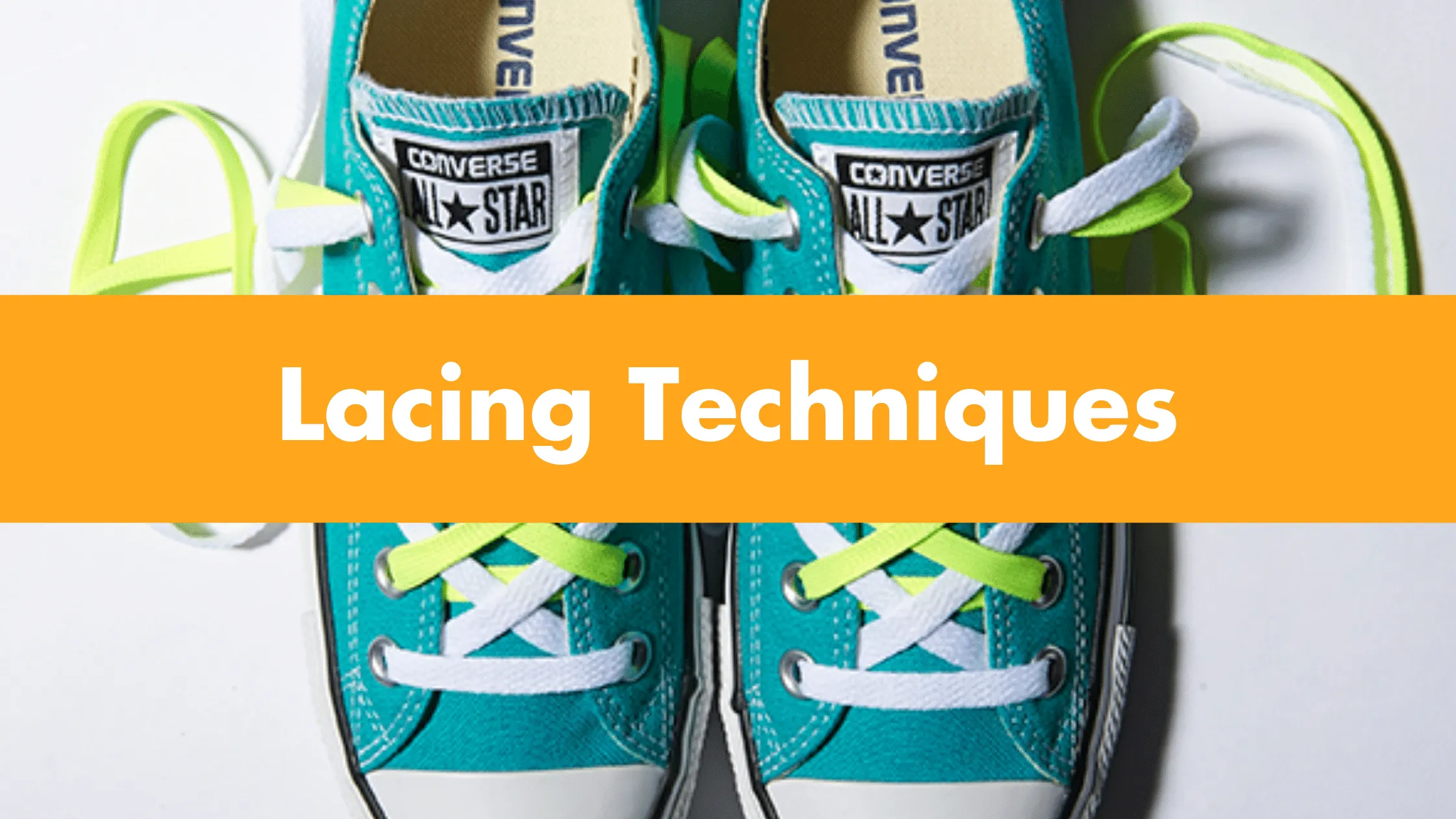
Here are some Lacing Techniques recommend for you:
1. Lacing Technique for Wide Forefoot:
Wearing narrow running shoes is like driving a sports car with a steering wheel on the right-hand side of your head. It’s easy to get used to, but it’s a bit unnatural.
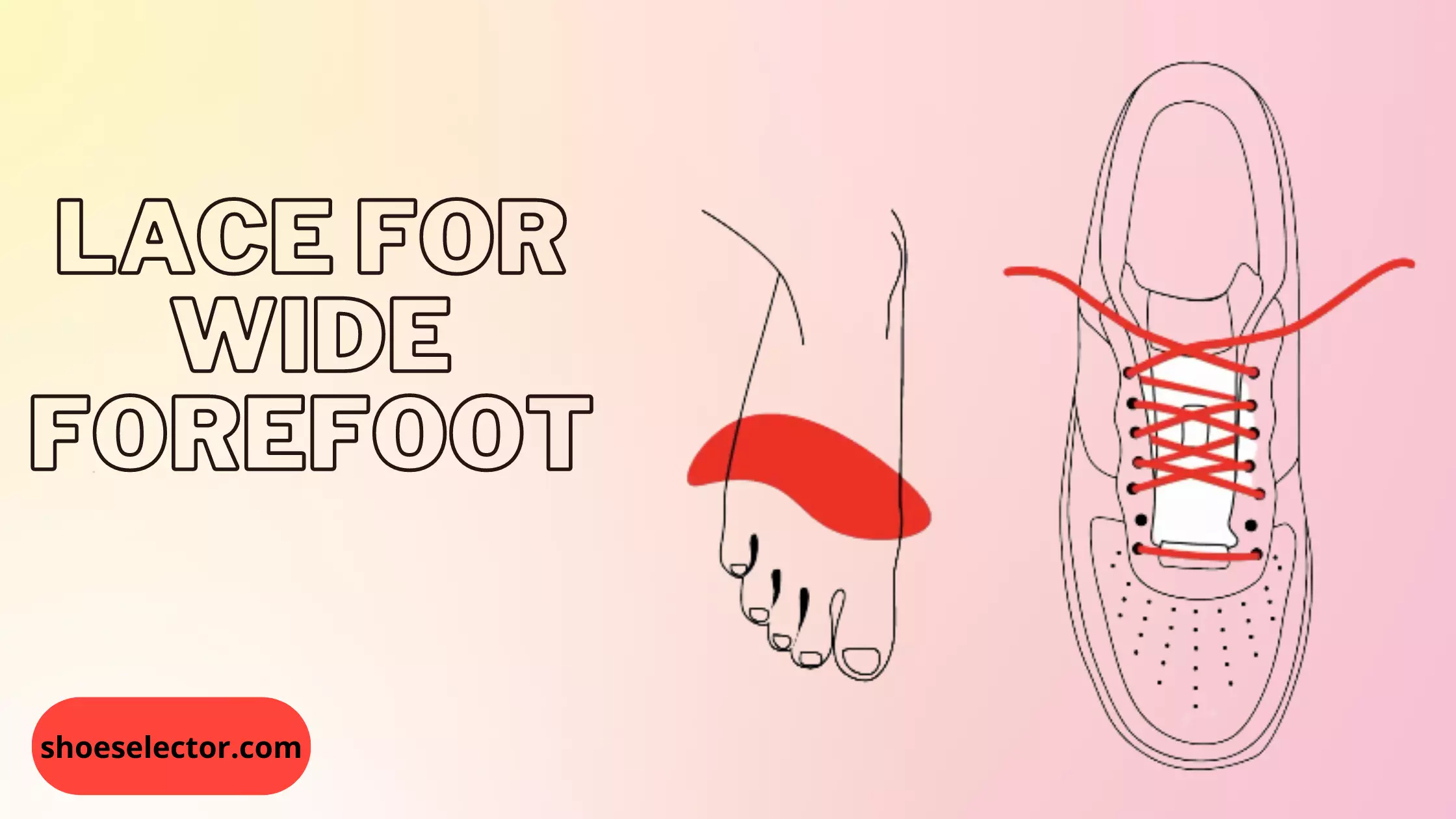
A wider forefoot is more comfortable for the foot and the body, and it also helps prevent the foot from sliding forward when running.
-
Start with a Shoe that Fits well:
It’s important to make sure that the shoe is fitted properly before starting the process. If your shoe is too tight, you will experience pain in your toes and feet.
The best way to check if your shoes fit is to place one of your feet inside each shoe, and then try to move your toes around in the shoe. If it doesn’t feel right, you may need to get a new pair of running shoes.
-
Use an Elastic Bandage or Tape to Hold down the Big Toe:
It’s important to note that using an elastic bandage or tape to keep your big toe down is not recommended for the rest of the foot. It can be very uncomfortable.
You could use tape to secure your big toe, but make sure to remove it as soon as you finish running. The tape may stick to your skin and cause irritation.
Using an elastic bandage is better because it’s comfortable and will also help prevent your foot from sliding forward when you run.
-
If you have a high arch, you may need to take off the Arch Support:
While you can run without any kind of arch support, a wide forefoot can lead to problems with your feet.
Your arch supports keep your arches in shape, which helps with shock absorption. They also keep your feet from sliding forward while running.
If your arch support is too small or too large, you may need to get a new pair of shoes. You could also try wearing a thin sock over the arch support to reduce pressure on the arch.
2. Flat Feet Lacing Technique:
If you have flat feet, you probably know that you can’t wear high-heeled shoes. In fact, if you wear any type of shoe that isn’t low-heeled, you’re putting yourself at risk of having a flat foot.
The reason for this is simple when you wear high heels, your weight is distributed towards the heel of your foot, which is the only part that’s flat. This leads to your arch collapsing, and your toes to lose their cushioning.
When your toes begin to go numb, it’s time to take action and get them fixed.
3. High Arches:
You know what? High arches are pretty awesome. They’re the arch you see in many classic Hollywood movies, and they give your foot that pointy, elegant look that makes it feel like it has two extra toes.
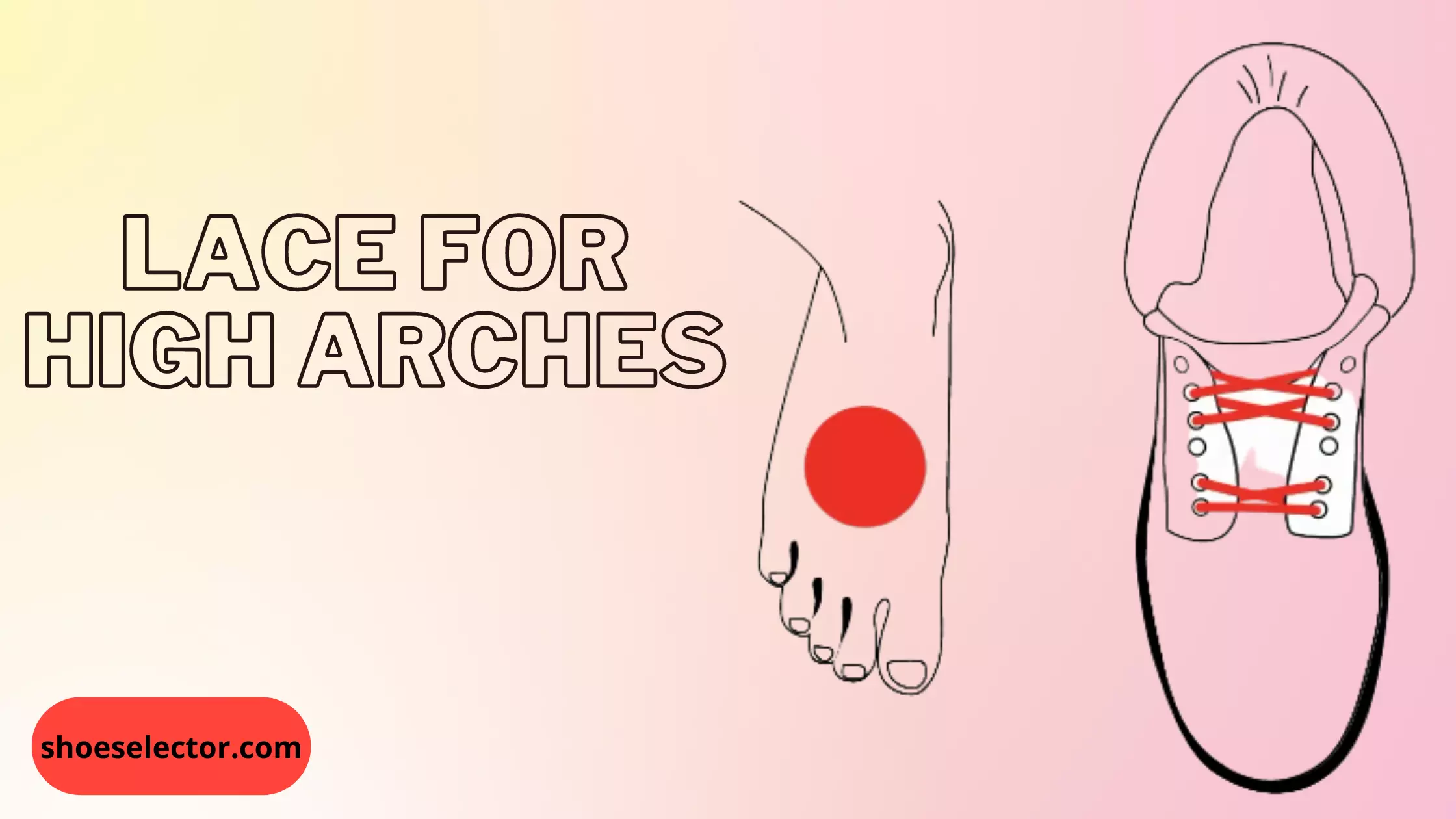
The problem is that high arches can lead to a lot of problems for your feet, including numb toes.
This is why it’s important to look after your feet, and one of the best ways to do that is by wearing supportive shoes.
Toes are a delicate part of the human body, and so it’s important to ensure you don’t damage them with bad footwear.
4. Shoes that Feel too Tight:
If you’ve ever been in pain, you know what I mean. A tight shoe can make a painful injury worse or even cause it.
The problem is that we all have to wear shoes, and when they’re too tight, they make our feet hurt. But the good news is that there are a lot of different ways to fix this problem.
There are a few different types of running shoes, each of which has its own benefits. Some of them are better for beginners, while others are more comfortable for longer runs.
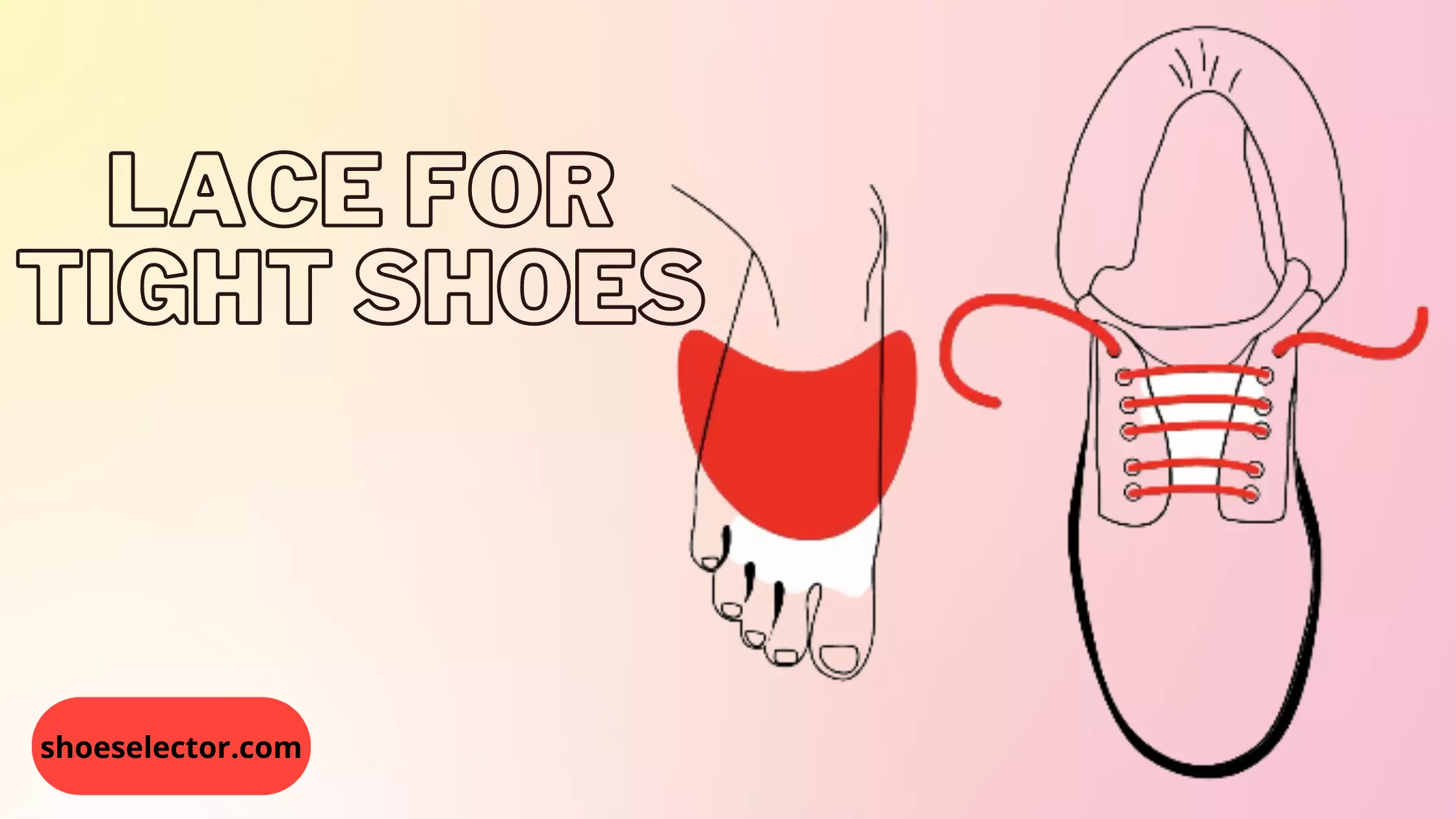
When it comes to choosing a shoe, you want to make sure that you find one that fits your foot well. You don’t want one that feels too loose or too tight.
If your feet are feeling a bit sore after a run, try putting some ice on them and then moving around in the shoe. This can help ease some of the pain and discomfort.
5. Slipping Heel:
While slipping your shoes is a simple fix, there are two main reasons why this happens.
First, most running shoes are designed with the heel of the foot in mind. This means that the sole is typically too thick to accommodate all of your toes.
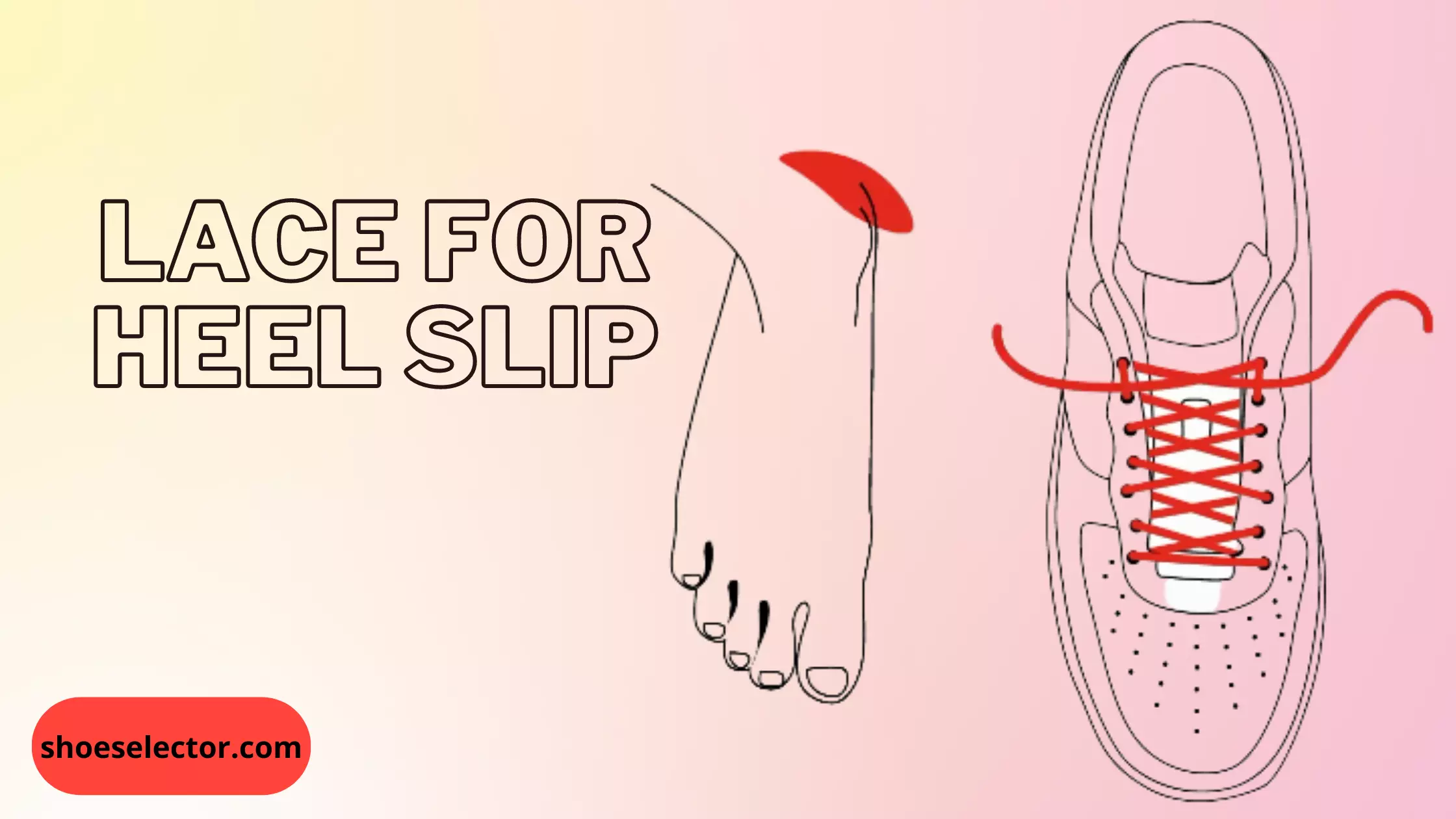
The second reason is that the toe box in your shoe is too small. This means that the sides of your foot are exposed to the outside environment.
To combat these issues, try using a shoe with a thicker sole and a bigger toe box. The ideal solution is to use a shoe that is specifically designed for your feet, but even a generic shoe that is comfortable for you will do.
6. Narrow Foot:
Many people with Numb Toes suffer from a condition called “narrow foot.” This condition causes the blood vessels under the toes to constrict, causing them to swell and go numb.
The best way to treat this is by using a narrow foot sleeve.
Narrow foot sleeves are similar to an orthotic boot that wraps around the toe and the shoe. They have a clear plastic base that is attached to the bottom of the shoe. This is a great product for people who suffer from Numb Toes.
7.Lacing Style for Fat or Swollen Feet:
When you get a pair of shoes on, the last thing you want is your feet getting wet, right? Well, the same thing applies to your feet and shoes. If your shoes are too tight, your feet will swell up and become very uncomfortable.
If this happens to you, then you should consider the following two lacing styles for swollen feet:
-
Cross-lacing:
In cross-lacing, you lace the shoes from the inside out, starting with the heel, and then work your way down to the toes. This keeps your feet from swelling, because the shoes will be too tight for your swollen toes.
-
Double-crossing:
In double-crossing, you lace the shoes from the outside in, starting with the toe and working your way up to the heel. This keeps your feet from swelling, because the shoes will be too tight for your swollen toes.
If you’re new to cross- or double-crossing, make sure that you practice lacing on a pair of shoes that are a size larger than what you normally wear. Once you have mastered this technique, try lacing on a pair of shoes that are one size smaller than your usual size.
What are some Common Causes of Numb Toes and Toe Pain?
When you run, your feet are constantly pushing off the ground and creating friction. The pain caused by this friction is called “numb toes” and it happens when you run for too long without taking a break.
Numb Toes:
A good example of this is when you think that your company will fail because it’s “too big.” If you’re just starting out, you might have a lot of confidence in your ability to predict the future.
If you’re a veteran, you’ll probably be more aware of the fact that predicting the future is hard.
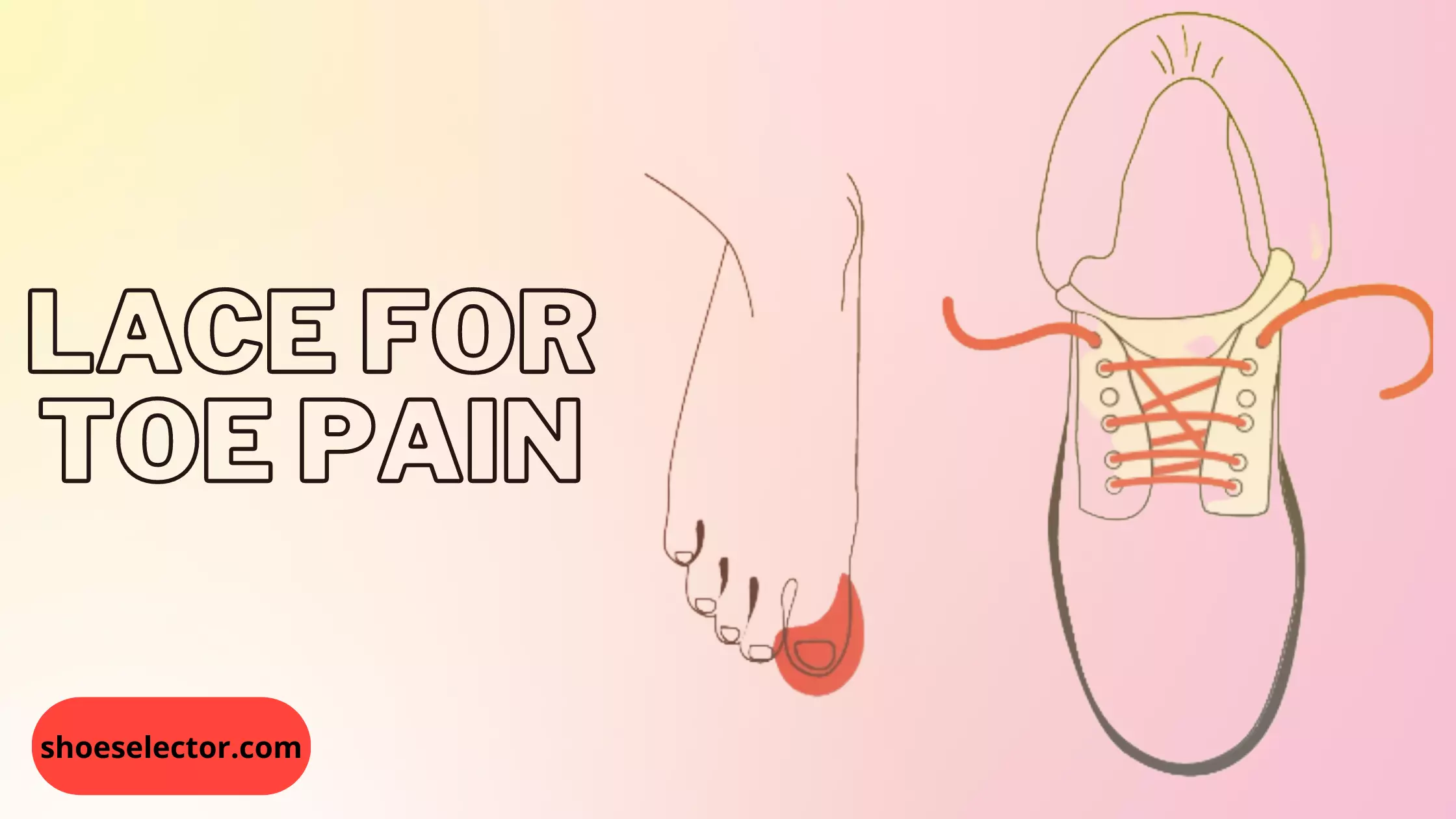
The same goes for numb toes. When you get up in the morning, you might walk around with numb toes and feel like you can’t do anything. You might also walk around with numb toes when you’re trying to predict the future.
That’s okay, though. It happens to all of us. Just try to stay calm and don’t worry about it. After all, it will probably go away before you know it.
How to Prevent Numb Toes?
If your toe is painful, you may have developed calluses on your foot or a corns. These painful spots on your feet can be caused by walking barefoot or wearing tight shoes, and they can even lead to nerve damage. If you are experiencing this kind of pain, here are some things you can do to prevent it.
The first thing to do is get the pain checked out by a podiatrist, who can evaluate the problem and provide you with a proper treatment plan.
Toe Pain:
I’m not talking about the kind of pain where you stub your toe and immediately have to hobble around for a few days. I’m talking about the kind of pain that comes with wearing shoes that don’t fit.
Now, I’m not saying you should run out and buy a pair of flip-flops to wear in your shoes. That would be a bit silly. But what I am saying is that you should definitely be careful when purchasing shoes for the first time. It’s easy to make the mistake of buying shoes based on price or brand recognition, but if you want to buy the best shoes for your feet, you need to look at things a little more closely.
To start, you’ll want to check out the size. The first thing you should do is go to an actual shoe store and try on a pair of shoes that fit well. Then you should measure yourself and compare those measurements to the size of the shoe. If it’s not a perfect fit, don’t worry.
It’s okay to get a pair of shoes that are a little too large. Just be sure to use them for a few weeks to see how they feel before you buy a bunch of other pairs that won’t fit properly.
I know a lot of people who have gone through this process and gotten rid of several pairs of shoes because they were uncomfortable. That’s not a big deal just make sure you don’t have to wear them for more than two weeks at a time.
Next, you’ll want to check out the material used in the shoe. Leather is the most common material, but there are also synthetic materials like mesh, canvas, and rubber. It’s important to note that the type of shoe will affect how comfortable they are. If you go with a mesh or canvas shoe, it will be harder to find a pair that fits well. If you want a shoe that will be easy to get into and out of, it’s best to go with a leather shoe.
Conclusion:
Lacing running shoes is something many people struggle with. It’s not so much the lacing itself, but the fact that you have to do it while you’re in motion.
I’m here to tell you that it’s possible to lace running shoes without pain. And if you can do it, then you can do it anywhere, at any time. You just need to practice a little bit at first until you get the hang of it.

